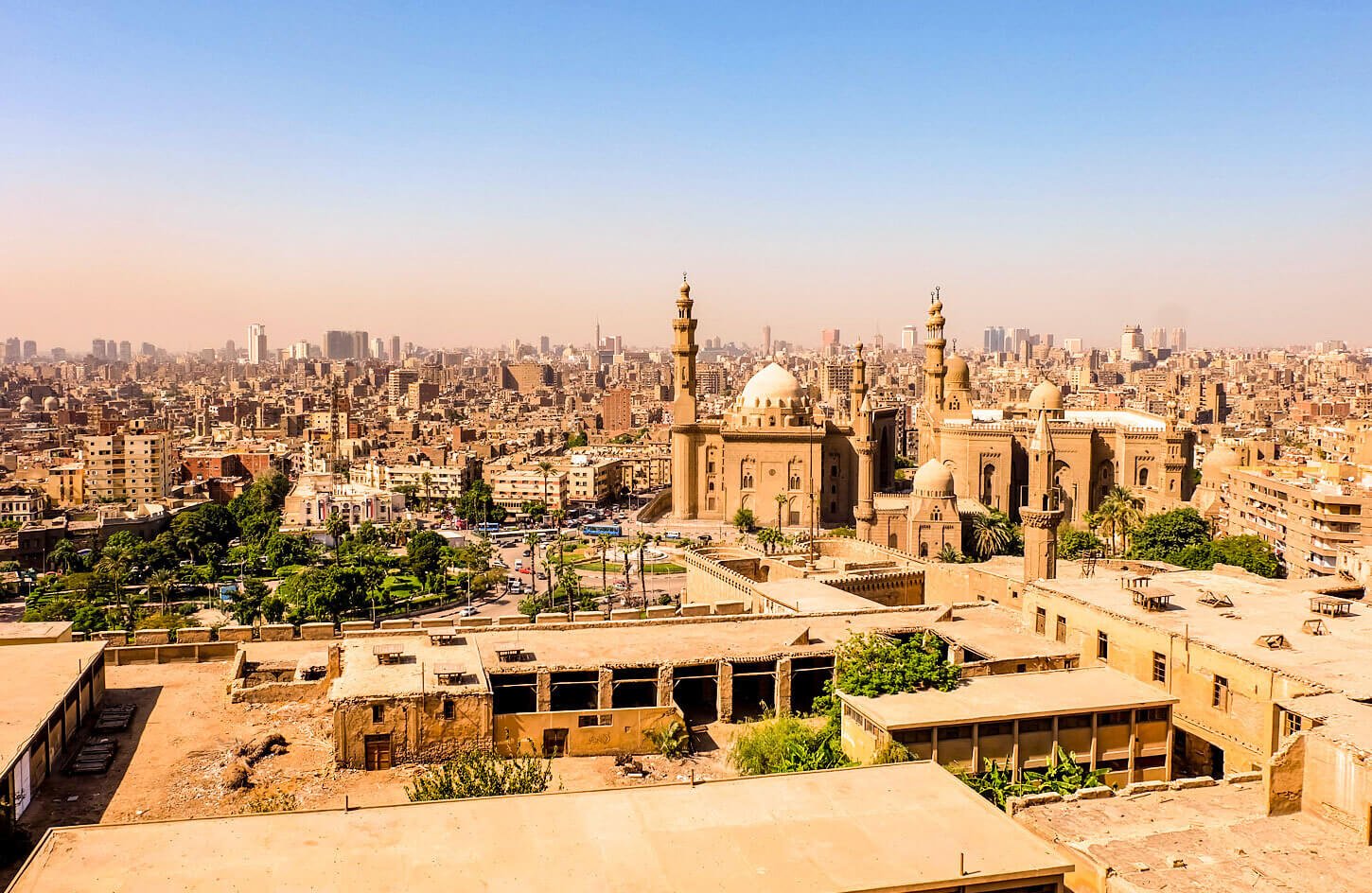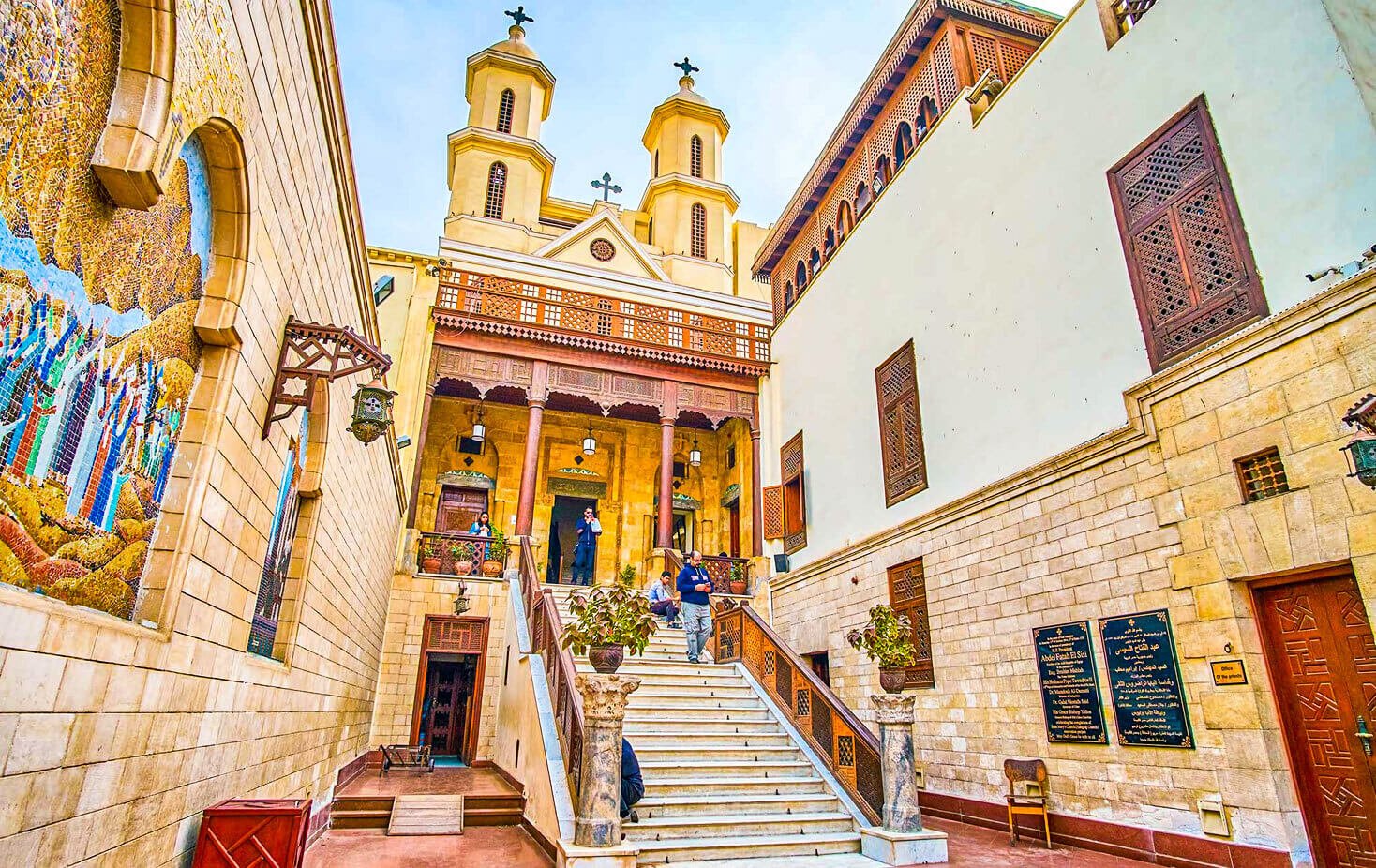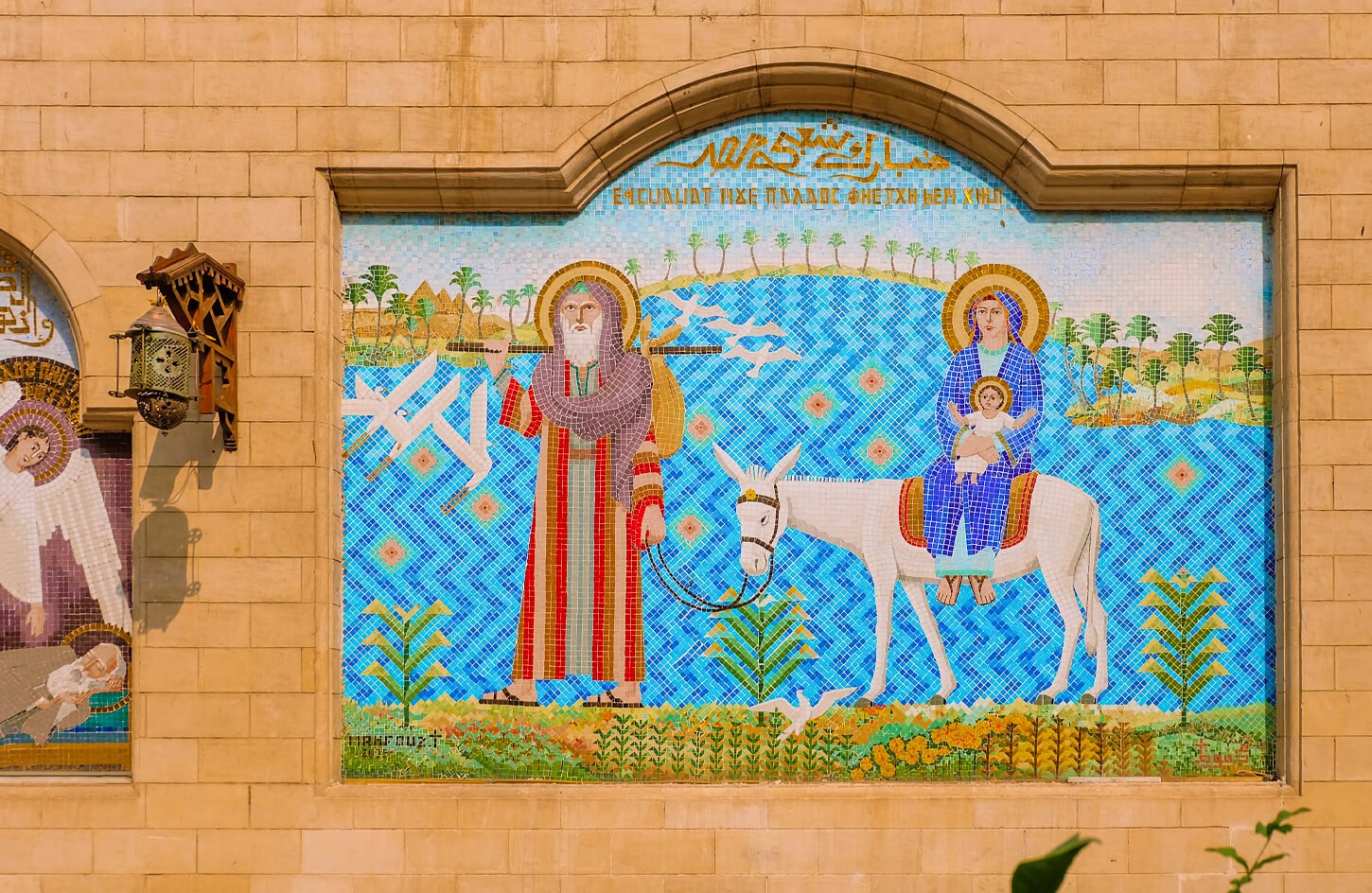Old Cairo, also known as Historic Cairo or Masr al-Qadima in Arabic, is a captivating destination that transports visitors to ancient civilizations and reveals the architectural marvels of centuries past. With its historical significance, geographical location, and many architectural highlights, Old Cairo offers a remarkable journey through time. This comprehensive guide will delve into the captivating history, architectural highlights, cultural landmarks, preservation efforts, and the significance of Old Cairo as a UNESCO World Heritage Site.
Historical Significance of Old Cairo
Nestled on the eastern bank of the majestic Nile River, Old Cairo has been a cradle of civilization for thousands of years. It bears witness to the rich tapestry of ancient Egyptian, Roman, Byzantine, and Islamic cultures, making it a treasure trove for history enthusiasts and cultural explorers.
Old Cairo encompasses the southern part of the modern city of Cairo, Egypt’s bustling capital. The enchanting Nile River borders it to the west and the Moqattam Hills to the east. The area covers approximately 6.4 square kilometers and is divided into several districts, each with historical significance.

Historical Overview
1. Ancient Egyptian Period
The roots of Old Cairo can be traced back to the ancient Egyptian period when Memphis, located nearby, served as a prominent capital city. As the center of power, Memphis boasted grand palaces, temples, and administrative buildings, some of which can still be seen today as awe-inspiring architectural remnants and archaeological sites.
2. Roman and Byzantine Era
With the arrival of the Romans, Old Cairo gained further prominence. The establishment of the Babylon Fortress during this era marked a turning point in the region’s history. Christianity also took root in Old Cairo during the Byzantine era, leaving a lasting influence on its cultural fabric.
3. Islamic Period
The Islamic period marked a significant transformation for Old Cairo. With the Arab conquest, the city of Fustat was founded, becoming the first Islamic capital of Egypt. Mosques, palaces, and markets began to emerge, showcasing the era’s exquisite architectural and cultural fusion. Al-Azhar University, one of the oldest Islamic universities in the world, was established in this period and played a pivotal role in Islamic scholarship.

Top 7 Old Cairo Attractions
Architectural Highlights
1. Citadel of Saladin
The Citadel of Saladin stands as a monumental fortress atop the Moqattam Hills, offering panoramic views of Old Cairo. Built in the 12th century, its construction served military and strategic purposes. Visitors can explore majestic structures within the citadel, such as the impressive Mosque of Muhammad Ali, also known as the Alabaster Mosque, with its iconic domes and towering minarets.
2. Mosque of Ibn Tulun
The Mosque of Ibn Tulun is a remarkable architectural gem that dates back to the 9th century. Named after its patron, Ahmad ibn Tulun, it showcases unique design elements and architectural features, including the famous spiral minaret. This mosque has had a lasting impact on subsequent mosque designs worldwide.
3. Coptic Cairo
Coptic Cairo holds deep religious significance for Coptic Christians, who have a strong presence in Egypt. It is home to ancient churches and monasteries that have withstood the test of time. Among these treasures is the iconic Hanging Church, also known as Saint Virgin Mary’s Coptic Orthodox Church, which stands as a symbol of Coptic Christianity. Its distinctive architecture and intricate interior design captivate visitors from around the world.
4. Khan El Khalili Bazaar
Immerse yourself in the bustling atmosphere of the Khan El Khalili Bazaar, a historical market district that has been a vibrant hub of trade and commerce for centuries. Here, visitors can wander through labyrinthine alleys, marvel at traditional Islamic architecture, and browse many shops offering a wide range of merchandise, from exquisite handmade crafts to dazzling jewelry and spices.
Cultural and Historical Landmarks
5. The Hanging Church (Saint Virgin Mary’s Coptic Orthodox Church)
The Hanging Church, an iconic Coptic Christian landmark, derives its name from the gatehouse of the Babylon Fortress. This architectural marvel dates back to the 4th century and features unique elements, such as wooden screens and beautifully carved marble columns. Its interior design, adorned with stunning icons and murals, reflects the deep spirituality of the Coptic Christian faith.
6. Ben Ezra Synagogue
The Ben Ezra Synagogue is a historic Jewish synagogue with great significance in Old Cairo. Believed to be located on the site where Baby Moses was found, this synagogue has a rich history dating back over a thousand years. It is renowned for its geniza, a hidden storeroom, where a treasure trove of ancient Hebrew documents and historical artifacts were discovered.
7. The Nilometer on Rhoda Island
Rhoda Island, situated in the Nile River, is home to the ancient Nilometer, a device used to measure the river’s water level during the annual flood. This ingenious device played a vital role in agricultural planning and determining the economic fortunes of ancient Egypt. Today, the Nilometer stands as a symbolic and practical testament to the importance of the Nile River to the region’s prosperity.

Preservation and Tourism
Challenges of Preserving
Ancient Structures Preserving the architectural heritage of Old Cairo comes with its fair share of challenges. The passage of time, urbanization, environmental factors, and even political unrest have threatened these ancient structures. However, concerted efforts have been made to ensure their protection and longevity.
Efforts to Promote Tourism and Cultural Heritage
Recognizing the immense value of Old Cairo’s historical and cultural wealth, concerted efforts have been made to promote tourism and raise awareness of its significance. These efforts include improved infrastructure, preservation projects, and initiatives to enhance visitor experiences.
Significance of Old Cairo as a UNESCO World Heritage Site
In recognition of its outstanding universal value, Old Cairo was inscribed as a UNESCO World Heritage Site in 1979. This designation underscores the importance of safeguarding the area’s exceptional historical, cultural, and architectural treasures for future generations.
The Historical and Architectural Richness of Old Cairo
Old Cairo is a testament to the grandeur of ancient civilizations, with each era leaving its indelible mark on the city’s landscape. From the magnificence of ancient Egyptian structures to the harmonious blend of Islamic and Coptic architectural wonders, Old Cairo presents a captivating journey through time.
The Importance of Preserving and Appreciating
Its Cultural Heritage As we explore Old Cairo’s captivating history, architectural marvels, and cultural landmarks, it becomes clear that preserving and appreciating its cultural heritage is paramount. By safeguarding these ancient treasures and sharing their stories with the world, we ensure that the legacy of Old Cairo continues to inspire and captivate generations to come.
Embark on a journey through time and immerse yourself in the enchanting world of Old Cairo. Discover the awe-inspiring architectural splendor, its rich history, and experience the vibrant tapestry of cultures shaping this extraordinary destination. Old Cairo awaits, ready to reveal its timeless wonders to those who seek them.
Read More of Cairo Attractions:
- Sultan Hassan Mosque
- The Great Sphinx of Giza
- The Great Pyramids of Giza
- The Egyptian Museum
- The Ben Ezra Synagogue
- Saladin Citadel & Mohammad Ali Mosque
- Memphis Necropolis
- Hanging Church
- Djoser Step Pyramid in Saqqara
- Coptic Cairo
- Khan El Khalili Bazaar
- Ibn Tulun Mosque
- Al-Azhar Mosque
- Muizz Street


0 Comment